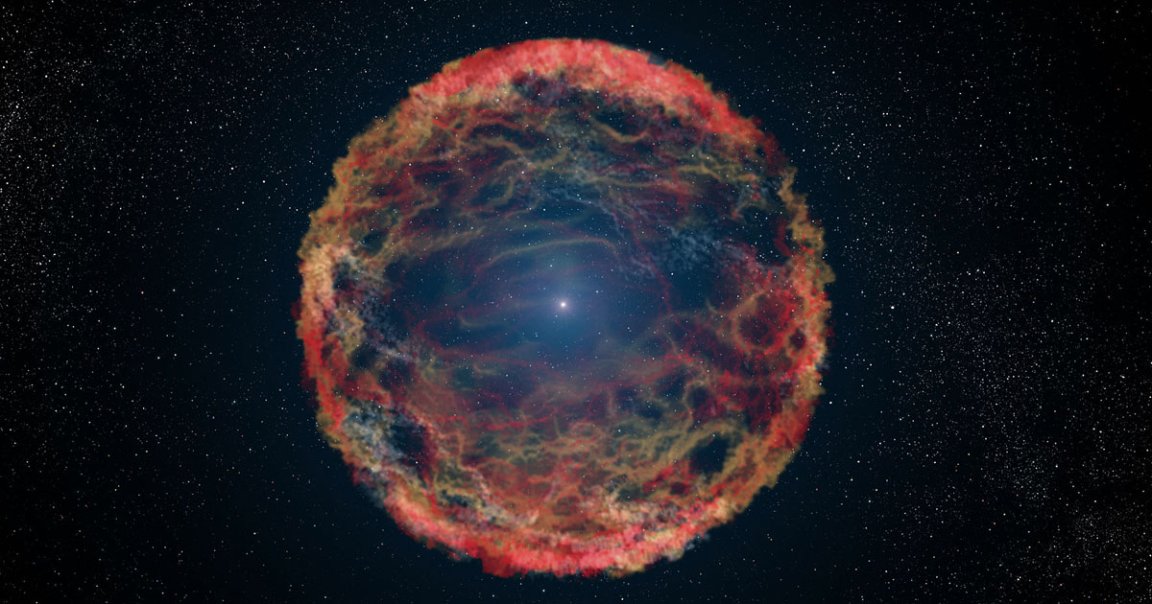
Killing Room
To unravel the mysteries of black holes, a team of Australian astrophysicists is simulating virtual stars — and then repeatedly killing them off.
One of the strongest types of explosion a star can give off at the end of its life is called a core-collapse supernova — they’re among the brightest objects in the universe and can seed the creation of a new black hole. By simulating these destructive events again and again, scientists from Australia’s ARC Centre of Excellence for Gravitational Wave Discovery hope to understand how real black holes form and behave.
Filling Gaps
While instruments like gravity wave detectors are getting better at spotting real cosmic events, like the formation of a new black hole or two black holes merging together, there are still events they can’t find.
That’s where the simulations come in. By modeling the death of stars dozens of times more massive than our Sun, the researchers can predict what the gravitational waves given off by these explosions will look like, according to research published last month in Monthly Notices of the Royal Astronomical Society.
Cosmic Lookout
Those predictions, according to a press release, will help guide astrophysicists trying to spot the waves given off by a real core-collapse supernova.
That way, when the next generation of gravitational wave detectors — like the planned Einstein Telescope — are built, astronomers won’t be going in blind.
READ MORE: Scientists reveal new insights of exploding massive stars and future gravitational wave detectors [ARC Centre of Excellence for Gravitational Wave Discovery]
More on star deaths: Two Dead Stars Are Orbiting Each Other’s Corpses Incredibly Fast